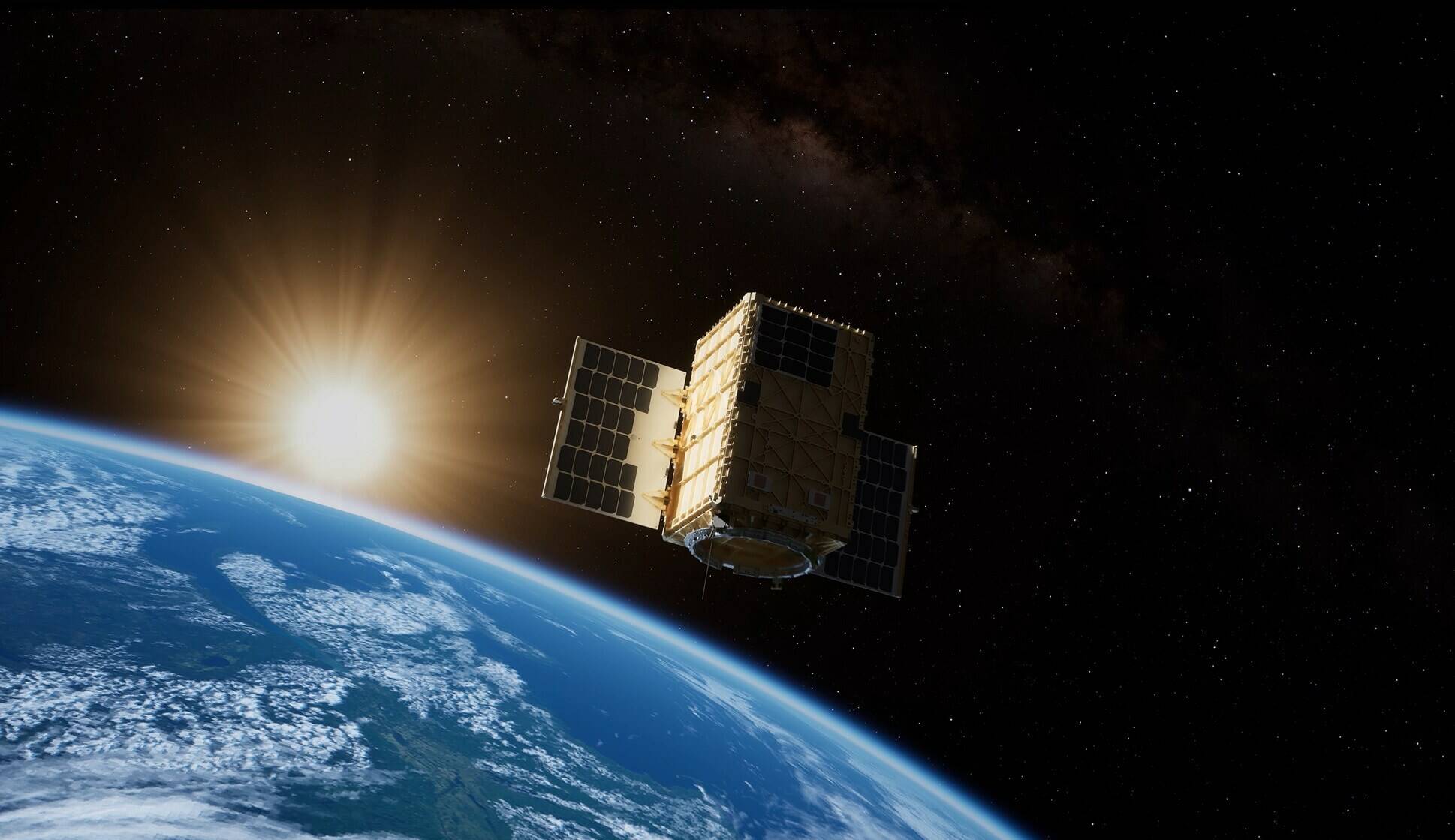Boeing To Launch Quantum Comms Satellite Testbed In 2026

Undeterred by the problems of its Starliner crewed space capsule, Boeing has a plan to do a bit of uncrewed science – launching a satellite upon which it will run a demo of quantum entanglement swapping that could help enable secure comms.
Boeing says it plans to send the satellite, dubbed "Q4S," to orbit sometime in 2026 on a self-funded mission to demonstrate the feasibility of quantum communications - at least in the West.
"Quantum entanglement swapping underpins the communication of the future, expanding quantum networks beyond simple point-to-point communication. We're launching Q4S to prove it can be done in orbit," said Jay Lowell, Boeing's chief of disruptive computing, networks and sensors. "We're making a big bet on quantum technology."
China has already demonstrated orbital quantum comms using its eight-year-old "Micius" satellite. That effort apparently worked so well the Middle Kingdom was this week declared the world's quantum comms leader according to the Information Technology & Innovation Foundation (ITIF).
The Foundation believes Micius has demonstrated the potential to build a global quantum network - which is exactly what Boeing is hoping it will be able to do with Q4S.
Quantum entanglement is a natural phenomenon in which two separated particles - photons, most commonly - remain connected without being in direct contact. Albert Einstein called entanglement "spooky action at a distance," where measuring the state of one particle determines the state of the other, even over large distances.
Using entanglement for secure comms involves two separate pairs of entangled particles, where particles from different pairs become entangled without ever interacting directly. This is achieved by performing a specific quantum measurement on one particle from each pair (say, particle A from pair A/B and particle C from pair C/D), which causes the remaining particles (B and D) to become entangled, even though they've never interacted.
China has demonstrated entanglement swapping between Micius and two ground stations more than 1,200 kilometers away.
If you can keep connecting entangled pairs you end up with a network of nodes. The concept of entanglement swapping is fundamental to building quantum networks that would be able to transmit information over extremely long distances at very high speeds, while maintaining a high level of security.
"Our understanding of what quantum can enable is already incredible, and we've barely scratched the surface," Boeing space mission systems communications lead Zeyad Maasarani told The Register.
"We've demonstrated the core [entanglement swapping] technology in Q4S works in ground experiments," Maasarani said. "We're now in the final validation phase of testing for the space-hardened payload."
- Physics Nobel Prize in a superposition between three quantum physicists
- Quantum entanglement discovery could enable futuristic comms tech, Nuclear physicists say
- Starliner's not-so-grand finale is a thump in the desert next week
- DARPA searched for fields quantum computers really could revolutionize, with mixed results
Most of the major risks have been eliminated, Maasarani added, saying that Boeing is now confident it will achieve its planned launch window.
"Our goal is ultimately to have a better understanding of how entanglement swapping works in space," Maasarani told us when asked what Boeing hopes to prove by simply swapping a couple of entanglement links on particles located close together in a small satellite.
If initial tests are successful in 2026, Maasarani says Boeing hopes to launch additional satellites so it can test establishing connections between satellites to prove entanglement swapping is a viable communications medium.
A specific launch date wasn't shared, nor were details on how the satellite will get to space - we're told it'll be riding with a launch partner, but Boeing didn't want to name who that might be.
Boeing's great rival, Airbus, is also testing quantum comms – partnering with ESA, Thales and others on several quantum space-to-Earth projects. ®
From Chip War To Cloud War: The Next Frontier In Global Tech Competition
The global chip war, characterized by intense competition among nations and corporations for supremacy in semiconductor ... Read more
The High Stakes Of Tech Regulation: Security Risks And Market Dynamics
The influence of tech giants in the global economy continues to grow, raising crucial questions about how to balance sec... Read more
The Tyranny Of Instagram Interiors: Why It's Time To Break Free From Algorithm-Driven Aesthetics
Instagram has become a dominant force in shaping interior design trends, offering a seemingly endless stream of inspirat... Read more
The Data Crunch In AI: Strategies For Sustainability
Exploring solutions to the imminent exhaustion of internet data for AI training.As the artificial intelligence (AI) indu... Read more
Google Abandons Four-Year Effort To Remove Cookies From Chrome Browser
After four years of dedicated effort, Google has decided to abandon its plan to remove third-party cookies from its Chro... Read more
LinkedIn Embraces AI And Gamification To Drive User Engagement And Revenue
In an effort to tackle slowing revenue growth and enhance user engagement, LinkedIn is turning to artificial intelligenc... Read more

